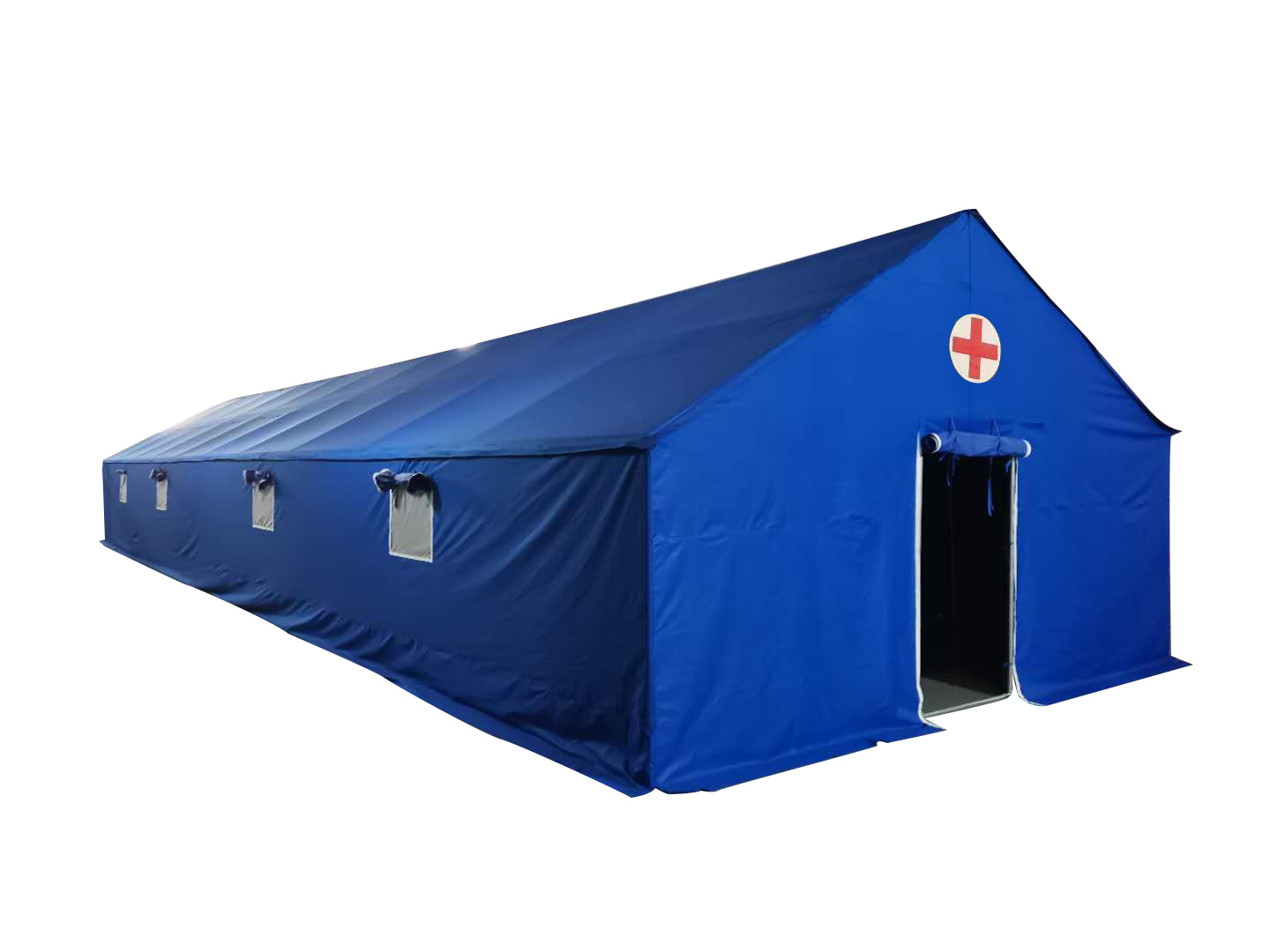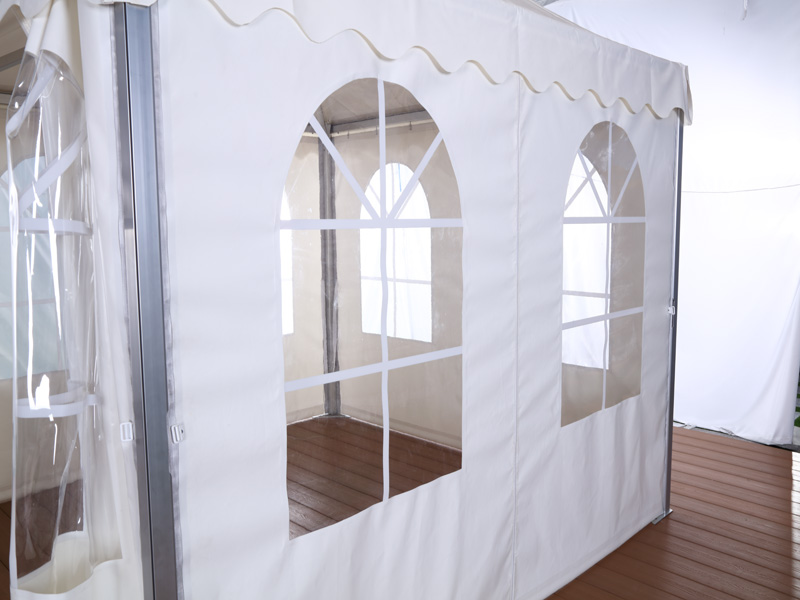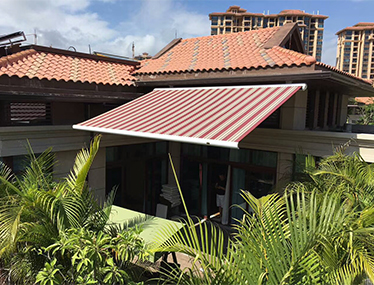
Pay attention to the safe use of electricity in disaster relief tents.
Since most of the disaster-affected areas are characterized by cold, rainy, and humid climates, the temporary electricity safety problems of disaster relief tents are more prominent. In order to ensure personal safety, pay attention to the following issues when using disaster relief tents:
1. Pay attention to the safety of setting up disaster relief tents. No tents can be set up under the power lines or around the power distribution facilities, and no flammable and explosive materials can be stored in and around the disaster relief tent. The laying of temporary power lines and the installation of electrical facilities in the tent need to hire professionals to operate, and no wiring or installation is allowed.
2. Pay attention to line safety. The power lines should be made of flame-retardant materials. If metal pipes are used to pass through the pipes, reliable grounding is required, and the electrical switch should use a leakage circuit breaker with a suitable capacity.

3. Be careful not to overload electricity. Do not use high-power electrical appliances in the disaster relief tent, and prohibit overloading of electricity. Electric heaters, electric blankets, and incandescent lamps used in disaster relief tents should have safety certifications and be used in strict accordance with the instructions.
4. Pay attention to turn off the power in time. Do not bake damp clothing on heating equipment, and turn off the power of electrical equipment when personnel leave.
5. Be careful not to use water-based fire extinguishing materials. If a fire is caused by an abnormal power line, the power supply should be cut off immediately before fire extinguishing treatment. For electrical fires, dry powder fire extinguishing materials or sand should be used, and aqueous fire extinguishing materials should not be used.
6. Pay attention to the correct rescue. In the event of an electric shock, the electric shock should be cut off quickly and the shocked person should be moved to a safe area to implement first aid measures such as cardiopulmonary resuscitation, and the shocked person should be sent to the hospital for rescue by dialing the emergency number.
1. Pay attention to the safety of setting up disaster relief tents. No tents can be set up under the power lines or around the power distribution facilities, and no flammable and explosive materials can be stored in and around the disaster relief tent. The laying of temporary power lines and the installation of electrical facilities in the tent need to hire professionals to operate, and no wiring or installation is allowed.
2. Pay attention to line safety. The power lines should be made of flame-retardant materials. If metal pipes are used to pass through the pipes, reliable grounding is required, and the electrical switch should use a leakage circuit breaker with a suitable capacity.

3. Be careful not to overload electricity. Do not use high-power electrical appliances in the disaster relief tent, and prohibit overloading of electricity. Electric heaters, electric blankets, and incandescent lamps used in disaster relief tents should have safety certifications and be used in strict accordance with the instructions.
4. Pay attention to turn off the power in time. Do not bake damp clothing on heating equipment, and turn off the power of electrical equipment when personnel leave.
5. Be careful not to use water-based fire extinguishing materials. If a fire is caused by an abnormal power line, the power supply should be cut off immediately before fire extinguishing treatment. For electrical fires, dry powder fire extinguishing materials or sand should be used, and aqueous fire extinguishing materials should not be used.
6. Pay attention to the correct rescue. In the event of an electric shock, the electric shock should be cut off quickly and the shocked person should be moved to a safe area to implement first aid measures such as cardiopulmonary resuscitation, and the shocked person should be sent to the hospital for rescue by dialing the emergency number.






Leave a comment